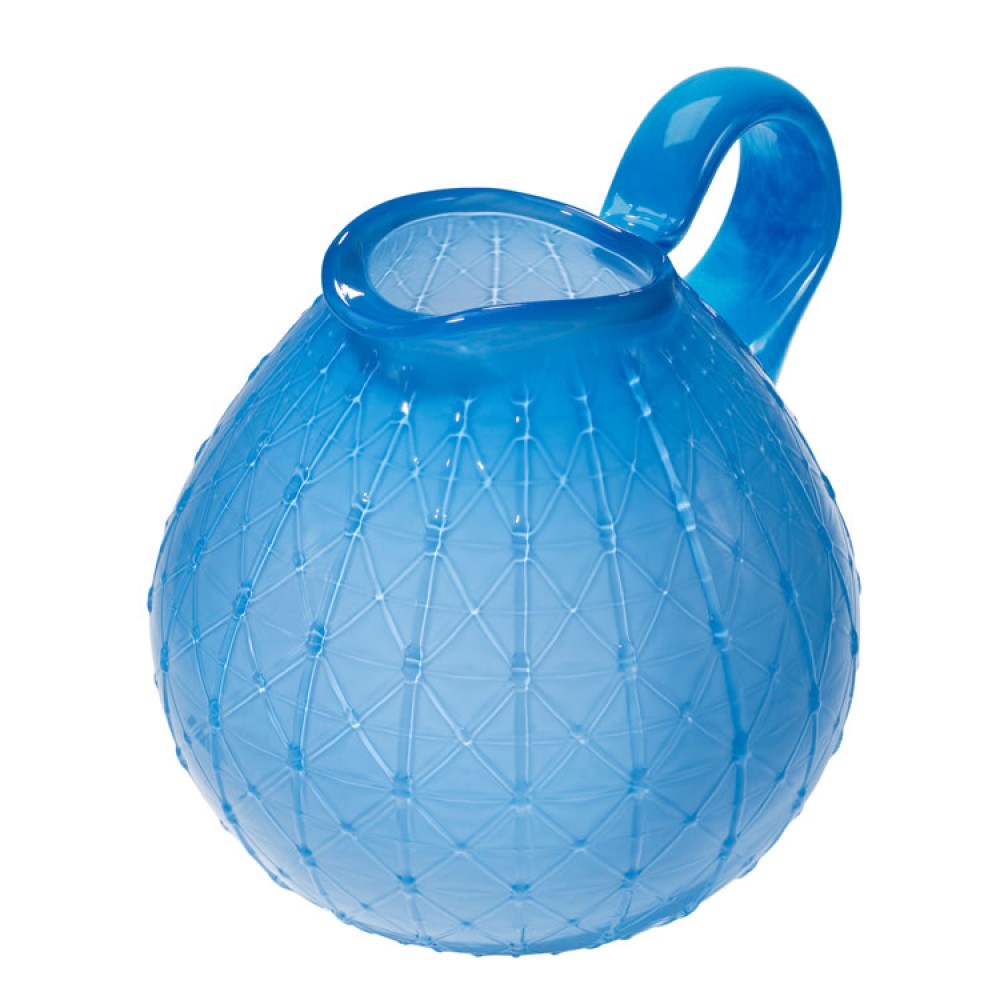woven willow
Some of humans' earliest manufactured items may have been made from willow. A fishing net made from willow dates back to 8300 BC. Basic crafts, such as baskets, fish traps, wattle fences and wattle and daub house walls, were often woven from osiers or withies (rod-like willow shoots, often grown in coppices). Willow wood is also used in the manufacture of boxes, brooms, cricket bats (grown from certain strains of white willow), cradle boards, chairs and other furniture. In addition, tannin, fibre, paper, rope and string can be produced from the wood. Willow is also used in the manufacture of double basses for backs, sides and linings, and in making splines and blocks for bass repair.
scholten & baijings - woven willlow
Woven Willow consists of eight different objects based on the contemporary handwriting of Scholten & Baijings, in perefect harmony with a traditional Dutch 17th century weaving technique. With this technique the willow wicker is cleaved and planed into very small pieces, and used almost as textile. Their fresh and innovated approach to this very old technique has resulted in a brightly coloured collection. The wicker as well as the grid of the woven willow inspired Stefan Scholten and Carole Baijings to combine several materials in their designs. For the "tape bowl" and the jug "grand bernard" the willow wood even completely disappeared,the only memory an imprint in the glass.
Woven willow has been included in the permanent collection of the Zuiderzeemuseum Enkhuizen
